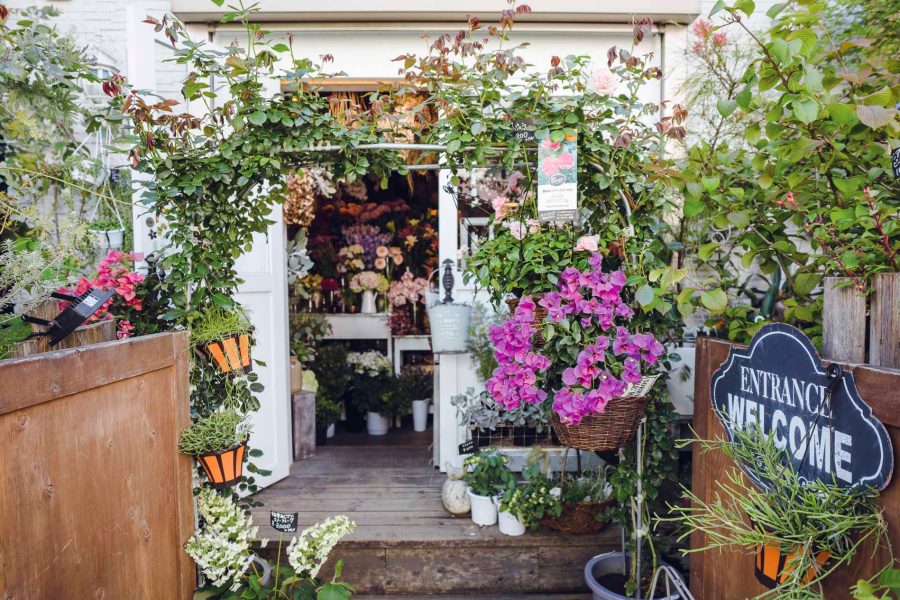Tokyo’s Shibuya conjures images of neon-clad buildings, fashionable teenagers and its famously busy intersection in front of the train station. But just a 20-minute walk away, in Kamiyama, a different vibe pervades.
‘It’s like there’s a border and as soon as you cross it, it’s totally different,’ says Yukari Tsukamoto, while watering the plants outside Lady Bugs flower shop – a riot of hydrangeas and fist-sized Japanese peonies in the city’s new ‘it’ neighbourhood.
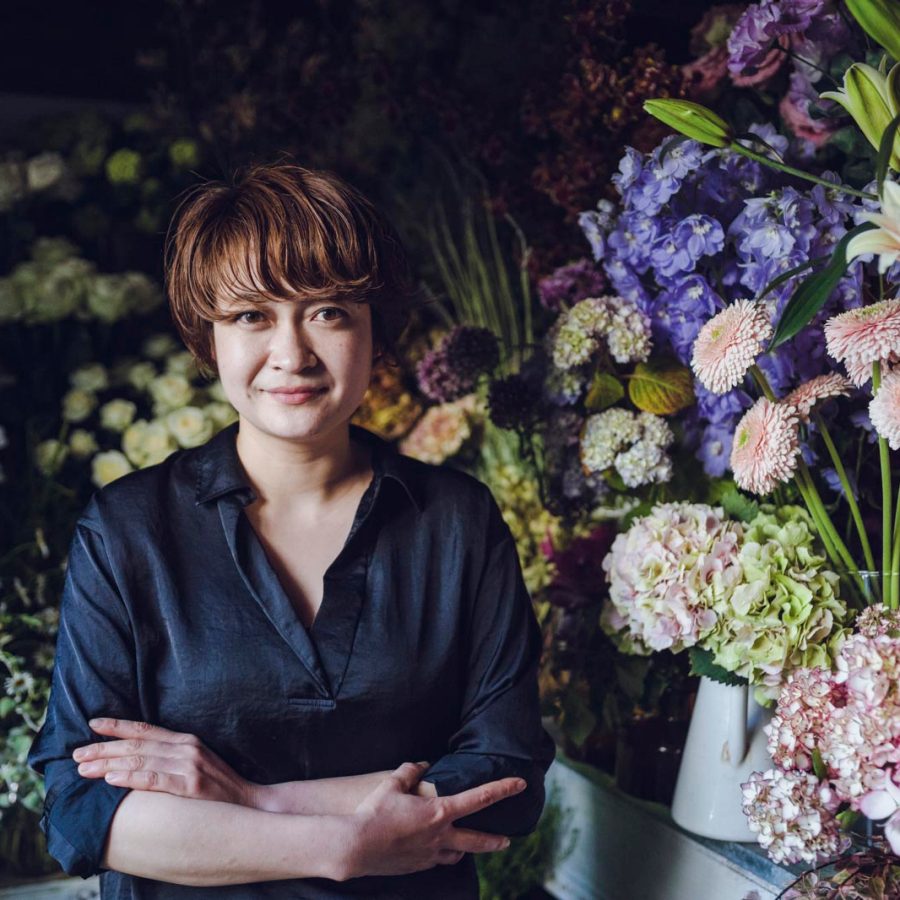
Credit: Irwin Wong
She often pauses to greet those passing by. Among the familiar cast of regulars and neighbours on Kamiyama’s main street, Tsukamoto has noticed an increasing number of extras: slightly disorientated young tourists and day-trippers.
Until recently, most people visiting Shibuya’s throbbing shopping and nightlife area didn’t venture into Kamiyama. Even now, despite an established art-house cinema, and a mix of cafes, bars, restaurants and shops, to the uninitiated it’s not always apparent what or where the attractions are. Often they are tucked behind ageing shopfronts or around residential street corners. And much like Tokyo in general, they are often hard to spot unless you’re introduced to them. A few doors down from Lady Bugs lies one such splendid curio: a costume shop that has been in business for over 40 years and specialises in monsters. Artist Takashi Murakami has commissioned bespoke suits featuring his signature otaku flowers here to resemble his manic, shiny artwork.
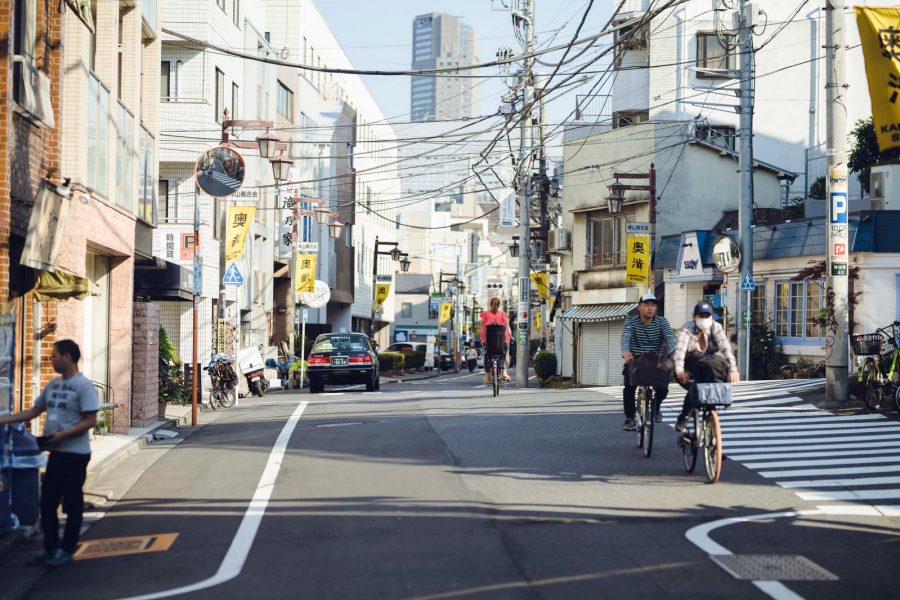
Credit: Irwin Wong
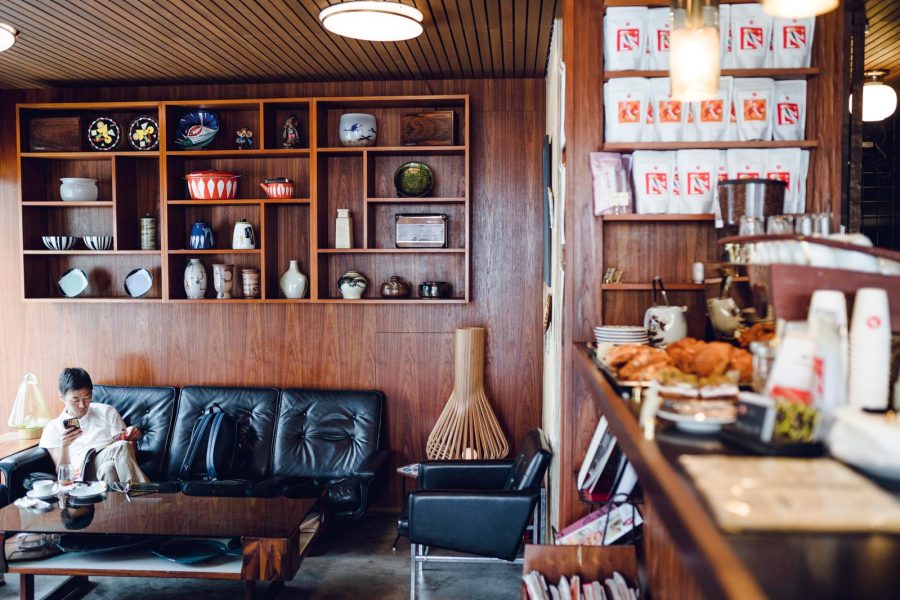
Credit: Irwin Wong
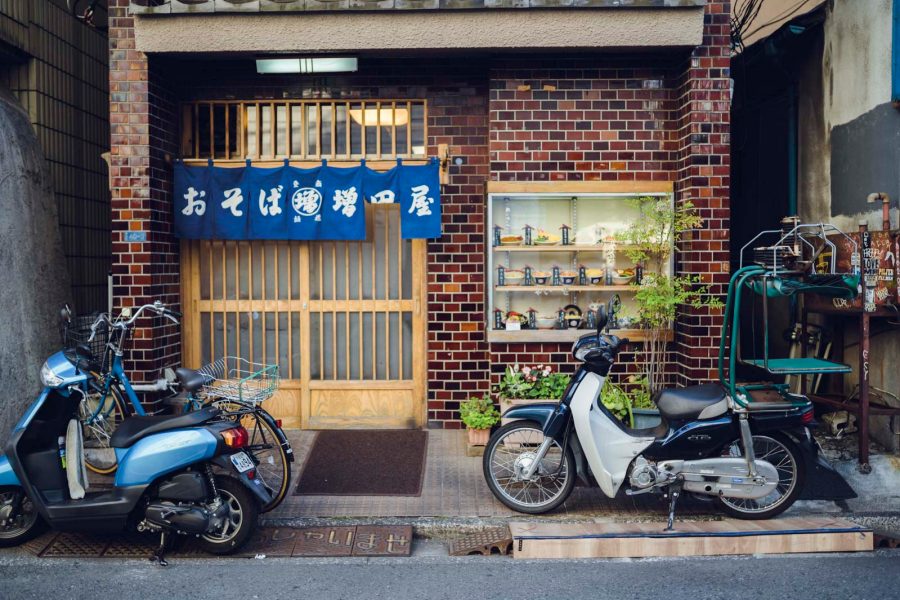
Credit: Irwin Wong
The arrival of a Monocle shop on the main street in 2014 was an early sign that international hip credentials had been bestowed upon the area, whether residents liked it or not. Certainly the neighbourhood now has enough to sate those wanting accoutrements of a carefully curated lifestyle: hipster bike shop (Blue Lug ), a Norwegian coffee shop (Fuglen ), a dog-walking hire shop (Dog Heart ). There is an unmistakable energy to Kamiyama, albeit in a reserved, Japanese fashion, and for now the old and new seem to rub along well together. And just beyond it, there’s Yoyogi Park, one of the city’s few large green spaces
Not many visitors realise the pedestrianised road that runs parallel to the main street – which hosts a daily parade of latte-sipping visitors and poodle-walking locals – used to be a river. It’s long been concreted over like so much in Tokyo’s rush of mid-20th century urbanisation. Yet the buried ancient stream, flowing north to south, has in some way matched the neighbourhood’s gradual development. The northern end of Kamiyama Street reaches into Tomigaya (literally ‘Wealthy Valley’), Yoyogi Hachiman and towards Yoyogi Uehara. These are areas that have always held a reputation as well-to-do and therefore rather staid: Prime Minister Abe lives nearby and a number of embassies are tucked among the police-guarded and eerily quiet streets. Until recently, however, the southern end was quite the opposite.
‘It was just dark and even locals thought it was a bit out of the way,’ says Mai Fukuzawa, manager of French restaurant Pignon , an early entrant in the recent wave of establishments cropping up on the southern stretch of the street.
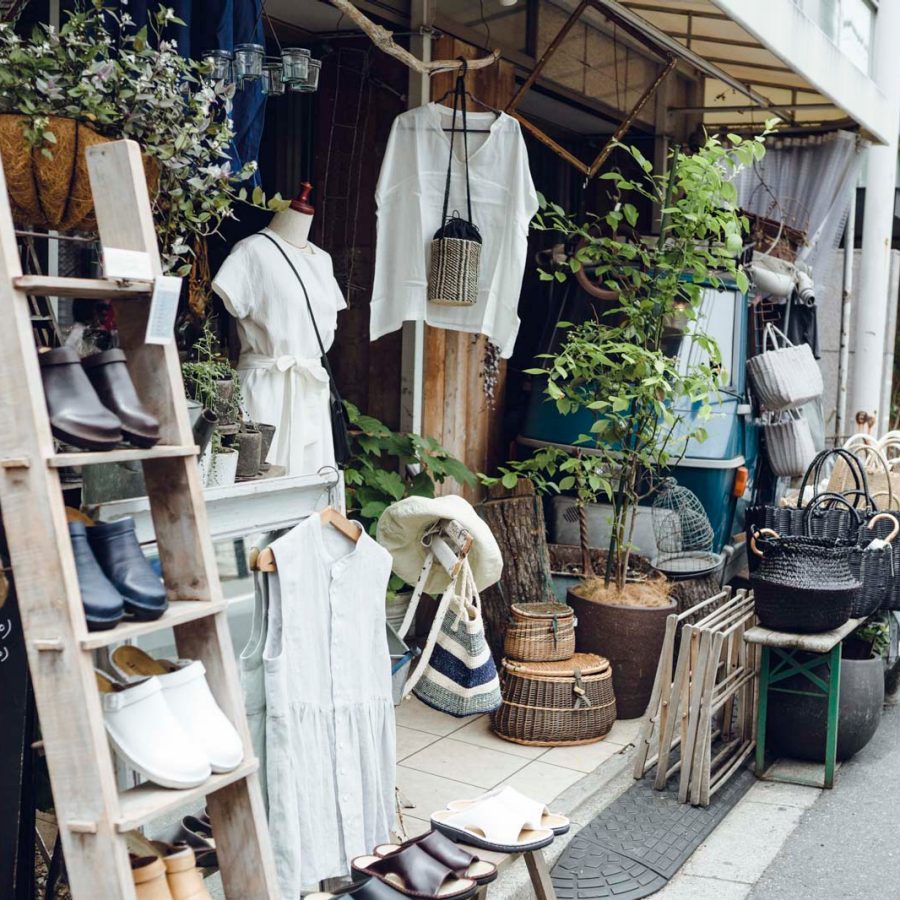
Credit: Irwin Wong
Fukuzawa was a professional graphic designer when she visited Pignon in 2010. She was taken by the hearty French cuisine with North African flavours, and the unpretentious atmosphere. With an urge to change her career, she joined the business. In 2010 there was little to suggest Pignon would thrive in a city not short of places to eat and seemingly hidden in the wrong part of Shibuya. Back then, only Aihiru Store, a corner shop just off the main drag, was trying to break from old-fashioned Japanese or European-style restaurants with a new mix of international flavours and Japanese attention to detail. It is now such an open secret that queues are typical most nights after 7pm to bag a spot at the counter.
The area has become a magnet for other like-minded chefs, baristas and independent shop owners. Yuichi Goto is one such culinary dreamer. After getting a law degree, he quickly turned his back on legalese to focus on pastries, becoming head pastry chef at multi-Michelin-starred Troisgros restaurant in nearby Shinjuku. In 2015, he partnered with fellow chef Taichi Hara to open Path, a modern bistro located just minutes from Yoyogi Hachiman station.
‘It just felt very fresh here,’ says Goto, standing amid an early summer breeze blowing in from Yoyogi Park. ‘The area seems to be driven by younger people, who are not so rich and want to try anything.’
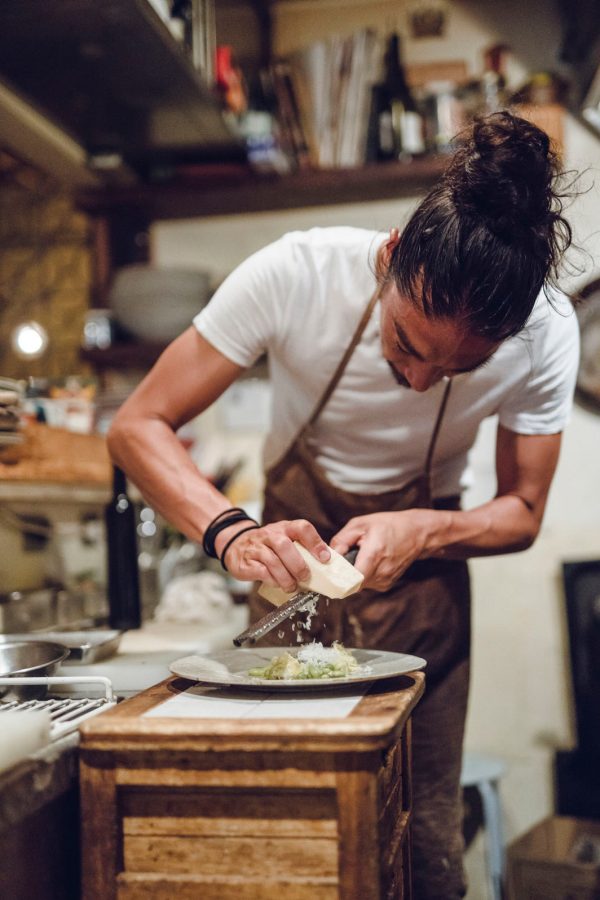
Credit: Irwin Wong
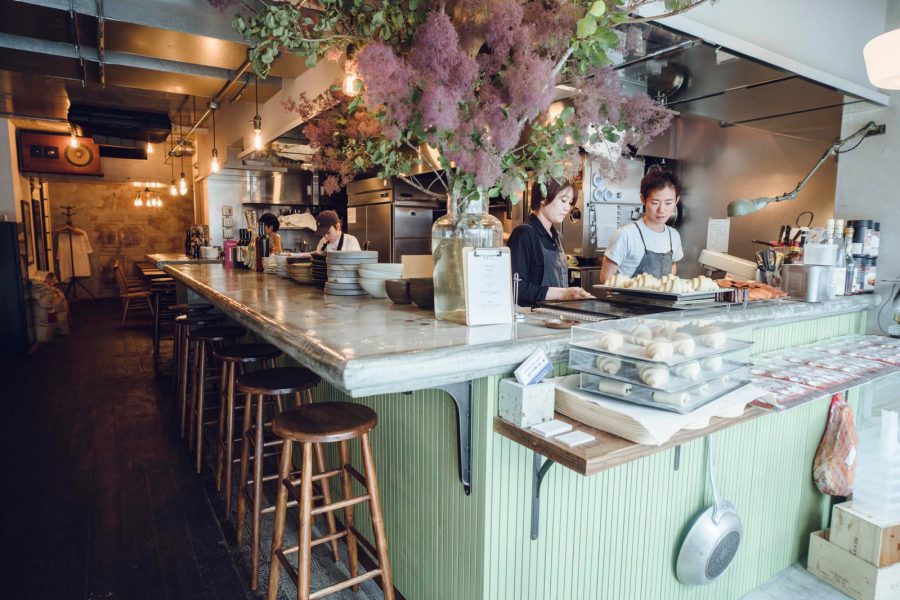
Credit: Irwin Wong
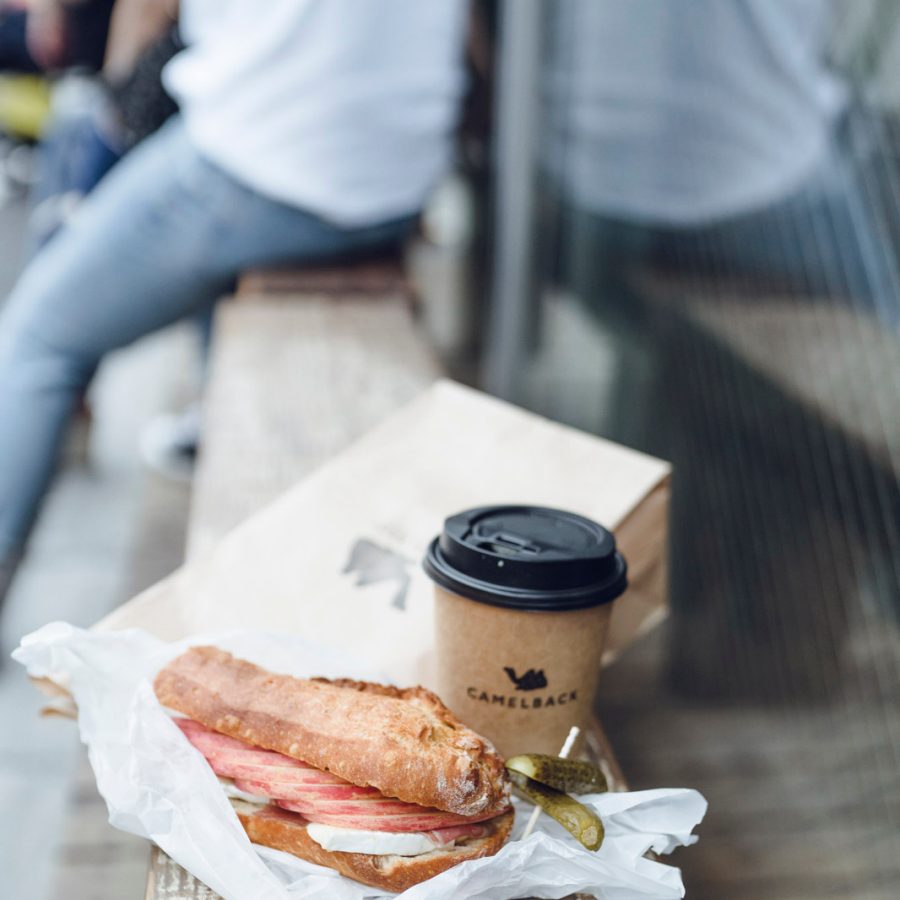
Credit: Irwin Wong
Meanwhile, Camelback , a hole-in-the-wall espresso and sandwich bar, has seized on the area’s increasing popularity to expand. Opened in 2015 by two friends with complementary dreams – one to run a coffee shop, the other to quit working as a sushi chef – the restaurant offering coffee and exquisitely crafted sandwiches (served with complementary gherkin and tamagoyaki sushi-style omelette) has since expanded to a second shop in the same area.
Some are lamenting the effects of gentrification on Kamiyama, with the possibility of local fishmongers and butchers getting priced out. But there are reasons to believe that any addition of big chain izakayas or simply commercial endeavours will be kept to a minimum, or just flop. ‘The people here are kind of unique,’ says Tsukamoto.
And as septuagenarian tailors could be seen across the street stitching together parts of a monkey’s costume, with a sumo contest unfolding on the workshop TV, she continues: ‘People here might retire, but they don’t really move away.’
This story was originally published in July 2018 and updated in September 2020. Hero image: Irwin Wong
Tokyo travel information
- China – the Chinese Mainland, Hong Kong SAR, Macao SAR and Taiwan Region
- Hong Kong SAR - English
- Chinese Mainland (China) - English
- Taiwan, China - English
- 香港特別行政區 - 繁體中文
- 中国內地 - 简体中文
- 中國台灣 - 繁體中文
- Africa
- South Africa - English
- Asia
- Bangladesh - English
- Korea - English
- Singapore - English
- Cambodia - English
- 한국 - 한국어
- Sri Lanka - English
- India - English
- Malaysia - English
- Thailand - English
- Indonesia - English
- Maldives - English
- ประเทศไทย - ภาษาไทย
- Indonesia - Bahasa Indonesia
- Myanmar - English
- Vietnam - English
- Japan - English
- Nepal - English
- Việt Nam - tiếng Việt
- 日本 - 日本語
- Philippines - English
- Australasia
- Australia - English
- New Zealand - English









